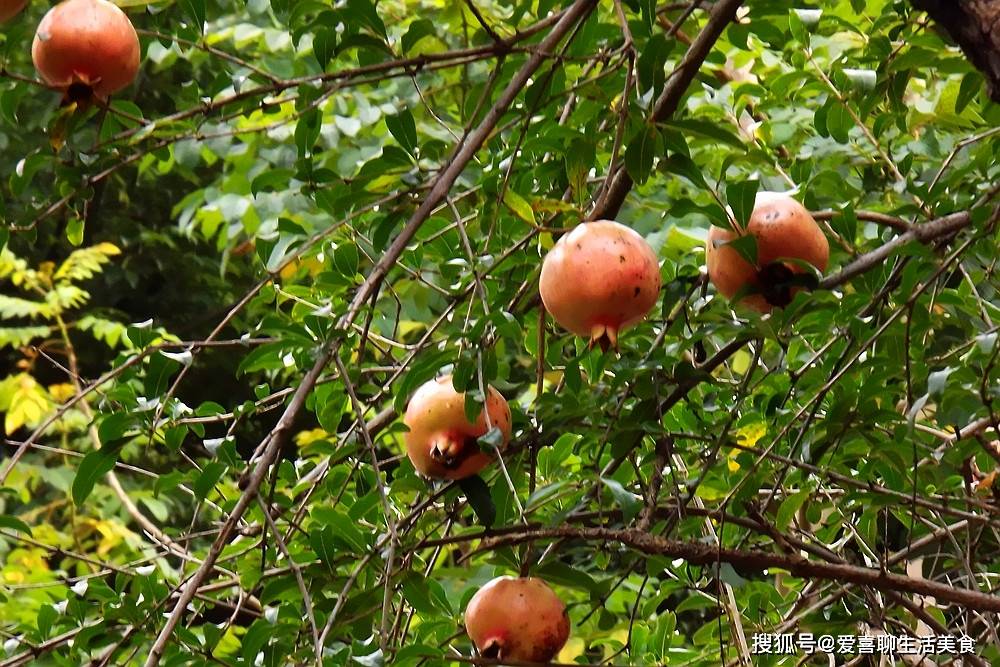Entering autumn, it is advised: eat less watermelon and bitter gourd, and consume more of the 3 autumn fruits to hydrate, nourish the lungs, and alleviate autumn dryness!
Since the arrival of autumn, the weather remains hot, with slight cool breezes in the mornings and evenings. Early autumn marks the transition from summer to fall. As the saying goes, “spring and summer nourish yin, autumn and winter nourish yang.” Our diet should shift from light to nourishing, but it’s not yet suitable for heavy, nourishing foods. It’s best to prioritize nourishing yin, nourishing the lungs, and preventing autumn dryness. Additionally, some cold foods should be consumed in moderation, such as watermelon and bitter gourd often consumed in summer.
Why is that? Because watermelon and bitter gourd are both cold-natured foods. Consuming these foods excessively for individuals with a cold constitution can burden the stomach and cause discomfort. Therefore, it’s recommended to eat less watermelon and bitter gourd in autumn and consume more of these 3 autumn fruits to hydrate, nourish the lungs, and alleviate autumn dryness! So, what are these 3 autumn fruits? Let’s find out together!
The first autumn fruit: Snow pear.
As the saying goes, “One pear for three autumns.” Autumn is the season when snow pears are abundant. They are crisp, juicy, sweet, refreshing, and hydrating. Consuming pears during this season can help quench thirst, clear heat, relieve dryness, soothe coughs, promote phlegm expulsion, and nourish the skin. However, snow pears are also considered cold-natured foods. Consuming them raw excessively may cause a cold imbalance in the body. Therefore, pears can be cooked before consumption to enhance texture and reduce coldness, allowing for more intake.
Recommended dish: [Apple Snow Pear Soup]
Main ingredients: Apple, snow pear.
Seasonings: Rock sugar.
Instructions: 1. Wash the apple and snow pear with salt, cut them into quarters, remove the cores, then chop them into small pieces while keeping the skin on.
2. Put the apple and snow pear pieces in a pot, add enough water, and rock sugar. Bring to a boil over high heat.
3. Reduce the heat to low and simmer for about 2 hours until the apple and snow pear turn translucent. Remove from heat, serve hot, and enjoy the sweet and tasty soup.
The second autumn fruit: Water chestnut.
Water chestnut is known as the “underground snow pear.” It has a sweet, juicy, crispy, and tasty nature with a cool and sweet taste. Consuming water chestnuts can promote body fluid production, soothe coughs, aid in bowel movements, clear the lungs of phlegm, and possess antibacterial, anticancer, and blood pressure-lowering properties. However, water chestnuts grow in muddy conditions and are often said to harbor parasites, so they must be cooked thoroughly before consumption.
Recommended dish: [Stir-Fried Water Chestnut with Pork Slices]
Main ingredients: Water chestnut, pork tenderloin, green pepper, carrot.
Seasonings: Cooking oil, salt, scallion, ginger, cooking wine, light soy sauce, starch.
Instructions: 1. Wash the pork tenderloin, season it with salt, light soy sauce, cooking wine, and starch, then marinate it until flavored. Wash the water chestnuts, peel them, and slice them thinly. Wash and prepare the green pepper, carrot, scallion, and ginger.
2. Heat the cooking oil in a pan, stir-fry the pork slices until they change color, add scallions, ginger, and cooking wine, then stir in the water chestnuts, carrot, and green pepper gradually.
3. Season with salt, add a little water, bring to a boil, then serve hot.
The third autumn fruit: Pomegranate.
Pomegranate is a mildly warm fruit with a sweet and sour taste known for its thirst-quenching and heat-relieving properties. It contains abundant vitamin C, B vitamins, organic acids, sugars, proteins, fats, as well as minerals such as calcium, phosphorus, and potassium. Consuming pomegranate can clear heat, detoxify, tonify the liver, nourish the blood, promote blood circulation, stop diarrhea, hydrate the lungs, soothe coughs, and possess anthelmintic properties, benefiting the body in various ways.
Recommended dish: [Original Pomegranate Juice]
Main ingredients: Seedless pomegranate.
Seasonings: None.
Instructions: 1. Wash the pomegranate, cut off the top, make a vertical cut from top to bottom, then invert it over a bowl and vigorously tap it with a spoon to release the seeds.
2. Pour the pomegranate seeds into a juicer, process, strain the juice through a sieve, then pour the filtered pomegranate juice into a cup for consumption. For added sweetness, honey can be mixed in, but the natural taste is usually sweet enough.
That’s all about the 3 autumn fruits you should consume more in autumn. Do you like these autumn fruits? Do you have any other delicious autumn fruits to recommend? Feel free to share in the comments section and exchange cooking tips. Thanks for reading, stay tuned for more culinary updates. If you found this helpful, give it a thumbs up, share it with others, and don’t forget to follow for more content. See you tomorrow!
This article is an original creation by Love to Chat About Life. Feel free to follow for more insights and knowledge enrichment!


